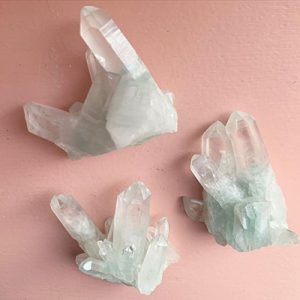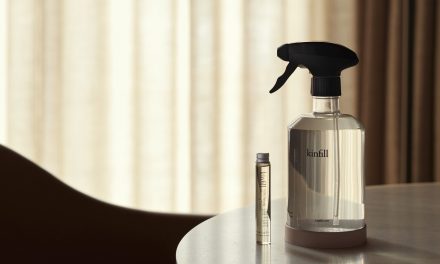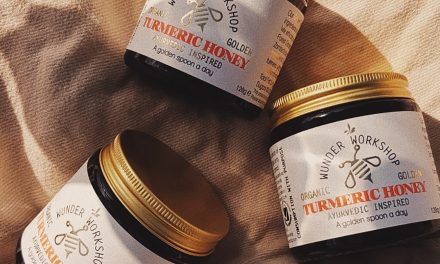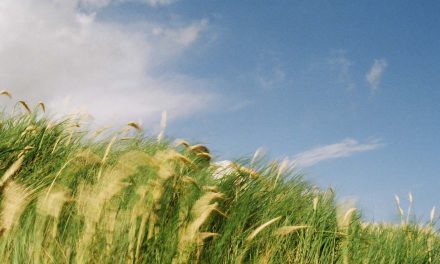How Ethical Are Your Crystals
Crystals have become a regular fixture on the wellness circuit, many of us have one on our desk or by our bed. But where did your crystal come from and did it cause harm along the way? Cecilia Mezzi takes a deep dive to find out how ethical are your crystals.
From an extravagant decorative piece to a treasure with healing properties, crystals are the wellness craze that is clearly here to stay. It used to be necessary to go to antique markets or to a new age esoteric shop to find one. Now, you see them in polished, trendy stores, you can even find them at Planet Organic. Crystals are everywhere. They have been helping us to connect to a spiritual side that we have previously put aside. A side that is now revitalising such a needed sphere of ourselves. Use black tourmaline against negative energy, pink quartz for a broken heart, or a citrine to help concentration and attract success. They can be used for meditation, new moon rituals, to cleanse your water, or you can simply put them in your purse. Personally, we love them. The world of crystals is a fascinating one. However it’s a world that is not as eco friendly as you would hope. It’s a big part of the now successful multibillion-dollar wellness business. As conscious buyers, are we fully aware of where those magical natural masterpieces come from?
Where Do Crystals Come From
Crystals are supposed to reconnect us with the earth. If that’s the aim, it seems counterproductive to use a stone that is a product of the mining industry. Mining can often leading to poverty, environmental damage, and workers’ abuse, especially in poorer communities. In an article written by Eva Wiseman in 2019 for The Guardian, she wonders if crystals are the “new blood diamonds”, as ‘crystal mining is an industry buried in conflict’.
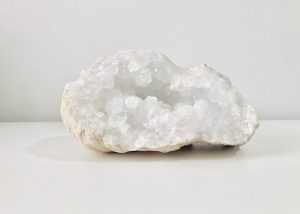
While they are fairly common, crystals are a non-renewable resource. More often than not it’s also where many problems with their sustainability arises. A New York Times investigation about jade in Myanmar, one of the countries that are sourcing the most crystals, states that its extraction has “helped finance a bloody ethnic conflict and unleashed an epidemic of heroin use and H.I.V. infection among the Kachin minority who work the mines. Healing crystals are mined in places like Myanmar and the Democratic Republic of Congo, where mineral extraction is linked to severe human rights violations and environmental harm.” In the Democratic Republic of Congo, seven-year-old children work in the cobalt and copper mines, where citrine and smoky quartz are usually found.
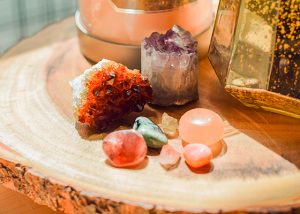
Reconciling Our Connection With Nature
If we’re using crystals to heal and to connect with nature, and we believe in the positive energy they bring us, we must take into consideration the impact they are having on the planet. Eva Wiseman points out how problematic the working conditions for miners often are. ‘Most jobs are low paid, unsafe, and sometimes performed by underage workers’. She goes on to state that there is a lack of accountability as ‘the industry is unregulated, allowing exploitation to go unchecked’.
If we want to be conscious buyers – and users – of crystals, we obviously have to be able to either know their source or to trust the retailer we purchase from. Let’s talk about the first option. Trying to track down where a crystal comes from on the most popular websites is basically impossible as its origin is rarely mentioned. And it’s often hard for resellers to know where their stock has come from. An interesting article on The New Republic claims that the shops where most online crystal purchasing occurs— Goop, Etsy, eBay, and Amazon—don’t list the sources of their stones at all. In a world where the source of our products has become so important, our crystals are being left behind.
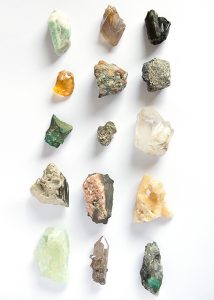
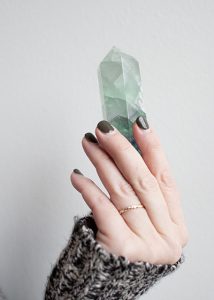
Finding Ethically Sourced Crystals
Fortunately, there are some that have done their research and are selling ethically sourced crystals. You might take a walk down Broadway Market in London and run into this lovely shop, as an example. She’s Lost Control is a pop-up shop (that we really want to see thrive) that is part of the Sustainable Mining Project. We have already seen how traceability is often the best friend of ethical brands (have you read our Sheep Inc feature?). As we’re talking about an industry that is often unregulated, they’ve decided to do things right and to do that in Bahia. The ‘first stage of the S.L.C. Sustainable Mining Initiatives is their partnership with the Bahia Sustainability Model at the Pyramid Mine, founded and led by geologist and long-term Bahia resident Brian Cook. It’s reassuring to the customer to give the names and places associated with the origins of a product. She’s Lost Control is collaborating with miners to build The Glasshouse Model (a triple bottom line model) that enables businesses to measure impact and ‘hit the sweet spot of sustainability’. Transparency from miner to marker is vital. In this case, it means to create a certificate of origin.
This model is an on-going project by Jill Urwin (co-founder) as it shares business practices with ‘small businesses that lack the knowledge, expertise and infrastructure to implement their own unique triple bottom line models’. Previously, Jill has worked on sustainable development projects where she learnt from the founders of the Eden Project, consulted with small fashion brand start-ups, and worked as a Buyer for high street retailers and suppliers.
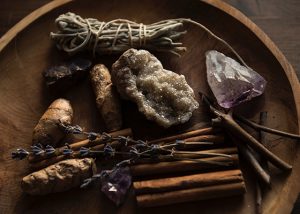
The aim is to create a sustainable business model, but also to raise awareness. The S.L.C. The Sustainable Mining Project has also been transparent about their goals after launching. These are to provide additional safety equipment for artisanal miners, such as silicon masks. To promote organic farming in the mining areas to replenish the land and give life to a Lapidary school (where skills such as engraving and polishing of gems is taught). All this with a particular focus on empowering women, as they make up around 30% of the workforce but still face discrimination at work. It comes as no surprise then that She’s Lost Control is not just a business or retail project: it’s a lifestyle brand. The all-female team is made up of healers, artists too. Because when you start thinking ethically, you can’t help but apply it to everything you do.
We might have had our eyes closed previously to where our crystals come from, however we can still love these gems that give us reassurance. When your ultimate goal is to feel grounded, present and at peace, knowing that our precious gems did no harm to the planet and to workers is great for our wellbeing too.

